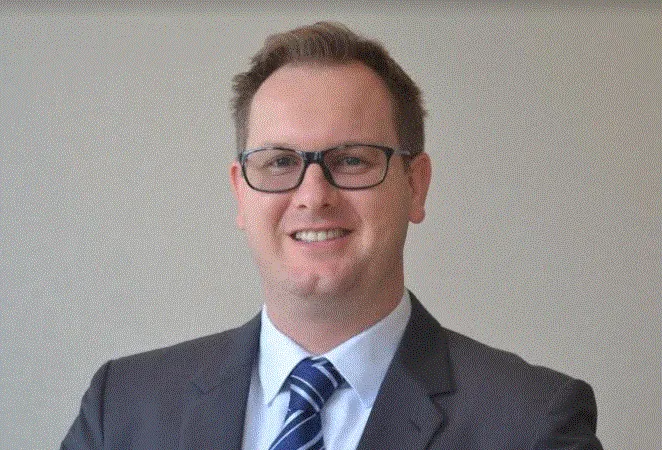
Is Singapore’s power sector finally ripe for a liberalised market?
It's been over a decade since the country started progressively opening the market.
When electricity retailer iSwitch received queries from corporate clients asking if they could sign up with the firm for their individual homes, managing director David Maher knew that it is a concrete sign that Singapore is ready for energy liberalisation.
“For more than 10 years, Singapore has been in the process of progressively liberalising the electricity market in tranches. The Energy Market Authority’s (EMA) encouragement and the introduction of new retailers such as iSwitch helped create a fresh layer of competition, technology, and innovation. There is no doubt that the consumer market is ready,” he says, “but the framework required is significant and must be designed carefully to ensure that all participants are ready.”
EMA says that since 2001, it has progressively opened the retail electricity market to competition to give consumers more options to manage their energy costs. “Currently, a commercial or industrial (C&I) consumer with an average monthly electricity consumption of at least 2,000 kWh (the monthly electricity bill is about $400) is eligible to become contestable. The contestability threshold was lowered to 2,000 kWh from 4,000 kWh on 1 July 2015. In total, about 89,500 accounts (or 33,000 C&I consumers) are eligible to be contestable,” it adds.
How close is Singapore to achieving this?
Maher believes that Singapore is very close to achieving full openness of competition. Since the liberalisation of Singapore’s electricity market in 2001, there has been a notable growth trend of new electricity retailers participating to offer electricity packages to contestable customers.
“EMA and SP Services are working particularly hard, through a series of regular consultations and information sessions, to ensure that the industry will be ready. iSwitch has seen that the EMA, retailers, software providers, and associated industries are working in close collaboration in order for the market to be ready for Full Retail Contestability (FRC) in 2018,” he adds.
In support of driving price competitiveness, Maher says that the introduction of an SGX-listed electricity futures contract is also a major catalyst in bringing about an overall pricing transparency of the market. In addition, the industry has evolved significantly in terms of technology. Consumers will be able to take advantage of new technology to monitor and change their own consumption behaviour at home. “The entire ecosystem is gearing up towards full liberalisation and we are moving in the right direction,” he says.








![Cross Domain [Manu + SBR + ABF + ABR + FMCG + HBR + ]](https://cmg-qa.s3.ap-southeast-1.amazonaws.com/s3fs-public/styles/exclusive_featured_article/public/2025-01/earth-3537401_1920_4.jpg.webp?itok=WaRpTJwE)
![Cross Domain [SBR + ABR]](https://cmg-qa.s3.ap-southeast-1.amazonaws.com/s3fs-public/styles/exclusive_featured_article/public/2025-01/pexels-jahoo-867092-2_1.jpg.webp?itok=o7MUL1oO)









 Advertise
Advertise


